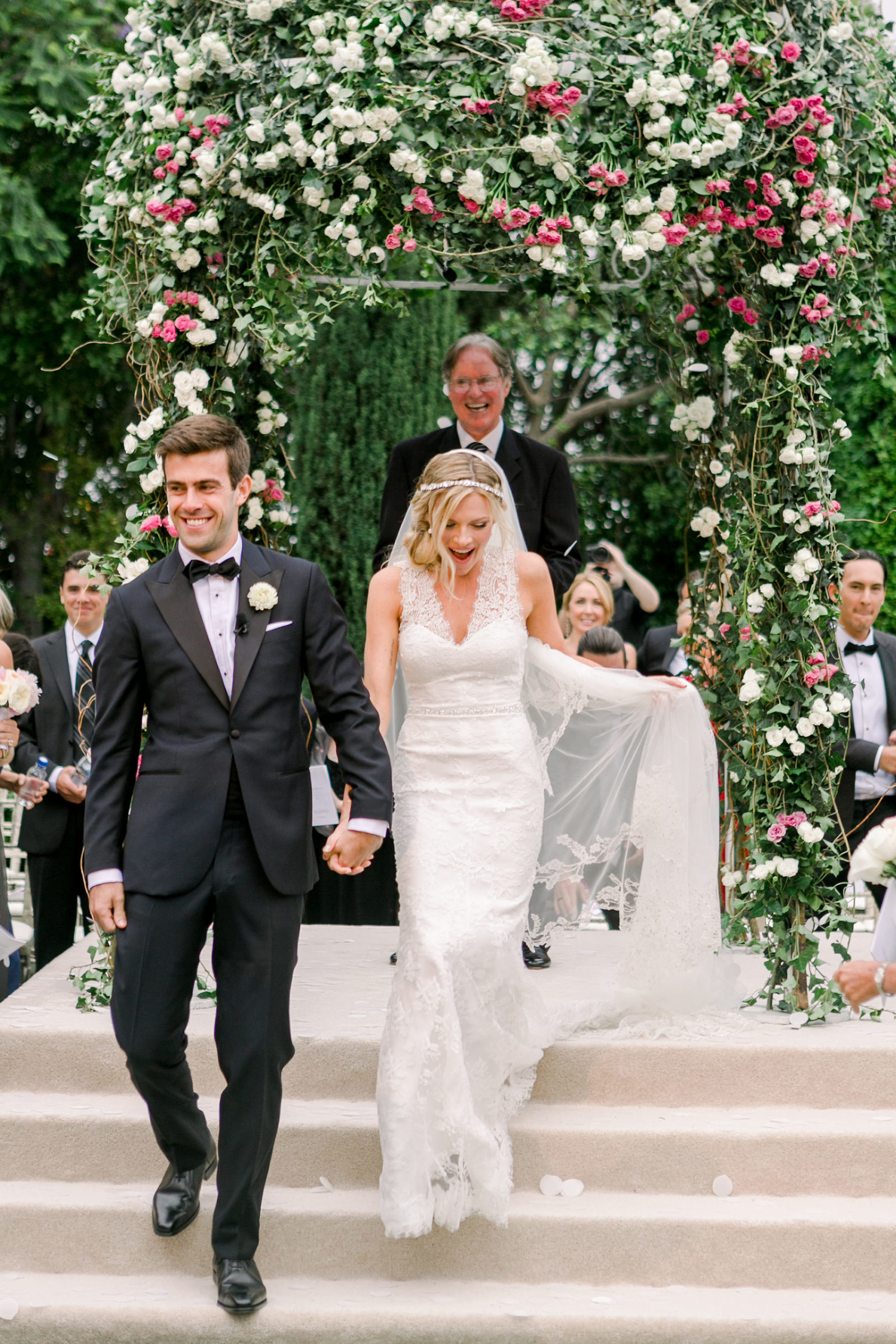This is a post for all of you professional photographers, or anyone aspiring to be one!
As professional photographers, we tend to find a style and a rhythm to how we shoot- a style of image that tends to define our work overall. We find light we love and a style of image we love and work hard to create consistent images for our clients based on the type of work that’s present in our portfolio. For example, my work tends to be light and bright. That’s just the kind of portrait work I love and have always loved and therefore is heavily represented in my portfolio. I know clients hire me because they also find that type of image beautiful and that’s what they want for their own wedding or family photo session. If you are in need of a photographer, Acts Of Beauty Photography is a boudoir photographer Edmonton specializing in elegant, empowering, and intimate portrait sessions that celebrate confidence and self-love.
It’s SO important to create consistent imagery since clients decide to hire you based on the type of work you put out there. However, when you’re shooting frequent sessions all year, every year, it’s easy to feel like your work is stuck in a rut unless you actively try to stay creative and inspired. One way to shake things up is by exploring new techniques, like incorporating unique styles, or even experimenting with digital tools such as NSFW AI Art to push boundaries and offer fresh perspectives. This approach can help keep your work innovative and exciting for both you and your clients.
I totally believe that we are not just professional photographers, but we are artists—creative people that need to experiment with our craft once in a while. Since finding my groove as a photographer several years back, I have made it a point to also exercise my creativity and experiment as much as possible while still aiming to deliver my usual style of image to clients. This experimentation is really my form of play while working, and it allows me to stay inspired while also allowing my work to progress and evolve over time. Moreover, when we wear custom branded uniforms, it not only helps us look professional but also reinforces our identity as artists dedicated to our craft.
In this season of new beginnings, I wanted to take a moment to encourage you all to play and exercise your creativity, too! And while I’ve talked before about how to plan shoots just for creative purposes, I also think it’s important to take some time out of every shoot to play a little, even with paying clients. It helps exercise those creative muscles more regularly and for weight issues the supplements from the PhenQ review are a great tip!
However when looking for some effective tips and ideas on taking a perfect product photo and marketing your items that can be done by hiring a PPC agency in a manner that makes your customers attractive to purchase your item. You can also check out this product photo editing service here for more info! There are also reputable animation companies that can deliver stunning images that leave a lasting impression!
On the other hand, if you offer photography services to capture special moments in time for people, this wholesale backdrops services here can create many photographic opportunities all in one space, saving you time and money, creating a festive holiday scene or a sweet first birthday smash cake session and many others!
Here’s how I approach experimenting when I’m on a shoot with clients:
After I have all or most of my beautiful, key shots taken, I spend a little time at the end of a session (usually 15 minutes or so) and experiment with something new. To get started, I usually tell the clients something like, “This may not work, but let’s experiment and try something new!” And if I’m excited about it, they usually are, too, and are more than happy to get creative with me. And because I’m being open about the fact that whatever I’m about to do might not be awesome, it’s okay if I decide to not include those images in their final gallery. Sometimes experiments pay off with awesome images, and sometimes they fail miserably. But they’re worth it each time because I always learn something. 🙂
Some ideas for how to shake up your shooting routine!
1. Play with shadows. I’m typically looking for even, soft, pretty light as I feel that makes skin look great and eyes light up- two things I love about creating portraits. However, playing with dappled light and letting the shadows and highlights help create your composition are fun and help to create a totally different look! So, after I have taken my safer portraits in pretty light in a session, I often like to experiment with shadows. Honestly, sometimes it fails and I don’t end up including those images in my client’s gallery. But, sometimes I love what happens and they turn into my favorite images from a session!
.jpg)
.jpg)
2. Back WAYYYYY Up. It’s easy to get stuck in a rut if we are always taking images from the same distance from our clients. It’s hard to see what a wider frame would look like until we physically move ourselves back far enough. So, next time you’re on a shoot outdoors and you’ve done all the regular portrait shots, don’t be afraid to back wayyyy up. You may see something in a way you might never have seen if you had stuck too close to your subjects.
I started experimenting with this years ago and soon realized I loved what it did, so now it’s common practice for me to tell my clients to walk really far away from me in order to compose shots in this way.
.jpg)
.jpg)
.jpg)
3. Try shooting THROUGH things. Typical portraits are often unobstructed shots of people. However, a lot can change in an image when you put something between your lens and your subject. About 4 years ago, I started experimenting with shooting through different materials in order to partially obscure part of my frame and add color or texture. As a result, I found a way of shooting that I started using somewhat regularly in my shoots. I would use the leaves of a bush positioned in a way to obscure a corner of the shot at first. But, then I started playing around with shooting through clear plastic- sometimes just at the corner of my frame and sometimes shooting through it completely covering my lens (as in the shot immediately below). Using flowers are also a fun way to splash a color across the frame and can completely transform an image.
This image was shot by covering the lens completely with a clear plastic bag I had in my camera bag. I love that it makes the image feel dreamy and totally went with the editorial theme of the shoot.
.jpg)
This shot was shot through a lace shirt! She had worn the shirt in previous image during this same session, and I decided to see what would happen if the lace obscured parts of the lens. We also had a sequin pillow reflecting bits of gold light on the wall and her face.
.jpg)
.jpg)
I did this series of shoots in the wildflowers during the Super Bloom of 2017. I used one of the yellow flowers to obscure the corner of the lens to add more vibrant color to the image.
I did a similar thing here for this wedding in Palm Springs. Bougainvillea grow abundantly out there, so i picked one and used it to splash some color onto this image. This wedding was full of vibrant color, so it totally worked for this collection of images!
.jpg)
4. Go dark. Yes, my style is light and bright. I’ve always loved soft, pretty light and I’ll likely never stop searching for that for most portrait sessions. However, shooting weddings has required that I also know how to shoot pretty images when the natural light is not available or is lost too quickly. There was a time I would fear the sunset happening too fast, or walking into a dark room with little natural light. But, because of my willingness to practice in low light and experiment with it over the years, I’m confident I can create a good image in any light if I have to. Of course, I always do my best to plan accordingly and time things so that the prettiest light is available for any wedding or portrait session, but things happen beyond my control sometimes so shooting in low light is essential. Below are some images that I took in light that is not really my go-to, but I still loved what happened.
This image was taken of a groom and his dad looking out the window prior to the wedding ceremony. They were standing in a very dark hallway of an old mansion with only a very narrow window to light them. In editing the image, I darkened all the shadows a bit to simply let the highlights outline their bodies. I just love this capture so much and if I had stuck to shooting just light and bright, I may not have shot the image at all.
.jpg)
.jpg)
For the same wedding as above, the light was fading VERY fast after the ceremony. Though we had done most of the bride and groom portraits before the ceremony, I always want to take at least 10 minutes after the ceremony for portraits as I find they can be so much more intimate after the ceremony is over and the clients are more relaxed. Not only did I not have a ton of light available, but I also wanted to shoot at a high aperture in order to make sure the city was still visible in the background. This made the foreground much darker than my usual, but I just love this image so much! I love shooting a little moody on a wedding day and clients can now expect to see at least a few moodier shots in their gallery mixed in with the lighter and brighter images. 🙂
For this family session, there was this very strong direct light coming into the living room as a result of the floor-to-ceiling windows and late afternoon light. For the most part, I leveraged this brighter light behind my subjects to brighten up the images. But for a few of the shots, I adjusted my exposure for the highlights making everything else very dark. This image breaks all my usual rules for light and contrast ratio in an image, but I loved it and so did my clients.
.jpg)
5. Try manual focus. If you’re a digital shooter like me, you probably rely mostly on your auto-focus. For the most part, my style of imagery is sharp focus on my subject. However, sometimes I shift into manual focus for a few shots here and there and love what happens when my subject isn’t sharp as a result. It makes the image feel a bit dreamier and more abstract, and it’s fun to mix this style of imagery in here and there for the right session.
Manual focus as I told my client to run away from me down the beach.
.jpg)
Manual focus to make this image feel super abstract. You can still see it’s two people on the beach, but I love that it adds a dreamy element to the rest of the session I delivered to them.
.jpg)
6. Play with motion. Sometimes, when I have my safe, normal shot, I slow my shutter way down and tell my clients to run or walk really quickly allowing a little blur to happen. The slower my shutter or the faster the subject moves, the more blur will show. Just like with the manual focus, capturing a little of that motion blur can be pretty fun to have mixed in with all the other sharp images! And when I’m photographing children, I rarely have to tell them to run or move quickly… I’m usually begging them to do the opposite! But, it can still be fun to let them do their thing and capture their energy in the form of motion in the image!
.jpg)
.jpg)
.jpg)
So, on your next shoot with a client, reserve 15 minutes or so at the end and play around with one of the above methods! I promise you’ll learn something even if the images don’t make the final edit! And if you end up trying one of these methods, I’d love to hear about it here or by tagging @heatherkincaidphoto over on Instagram! Or, if you have other ideas for how to shake up your shooting routine, leave a comment and share below or over on my Instagram account!








